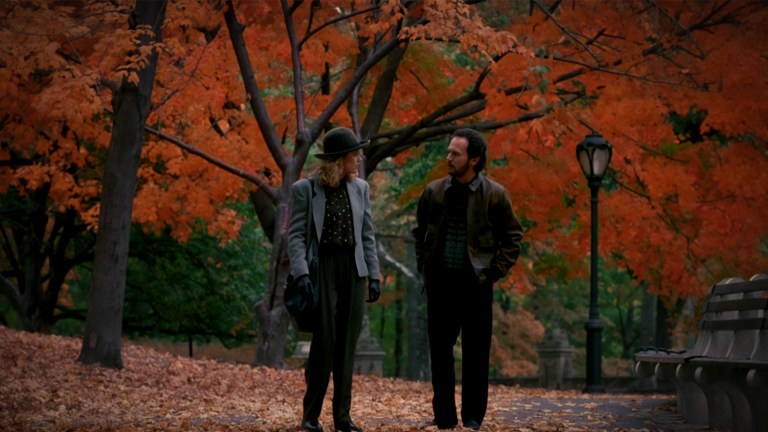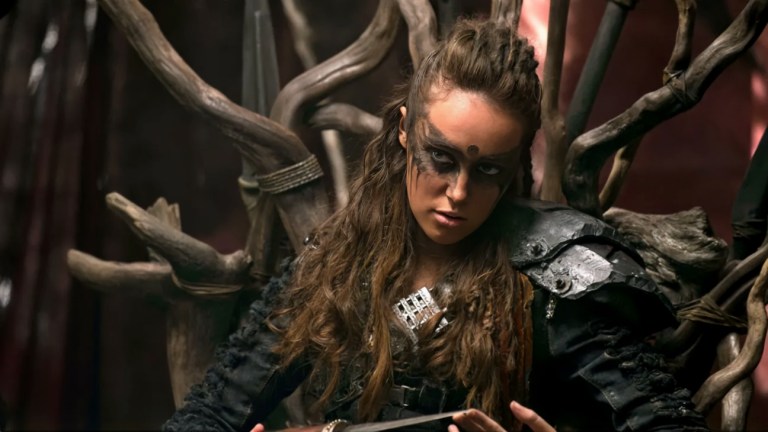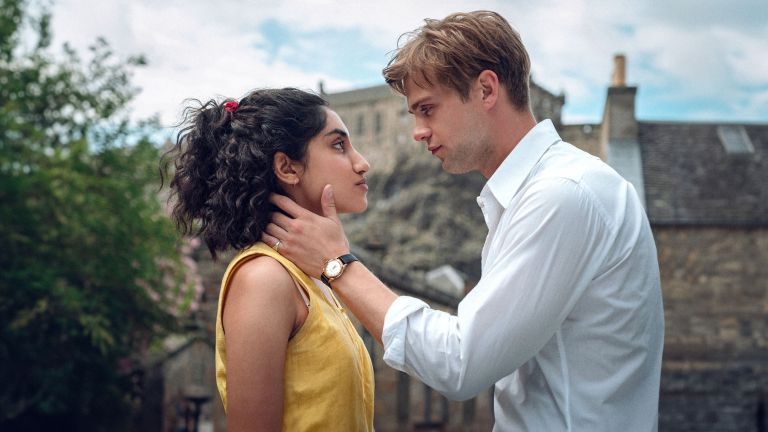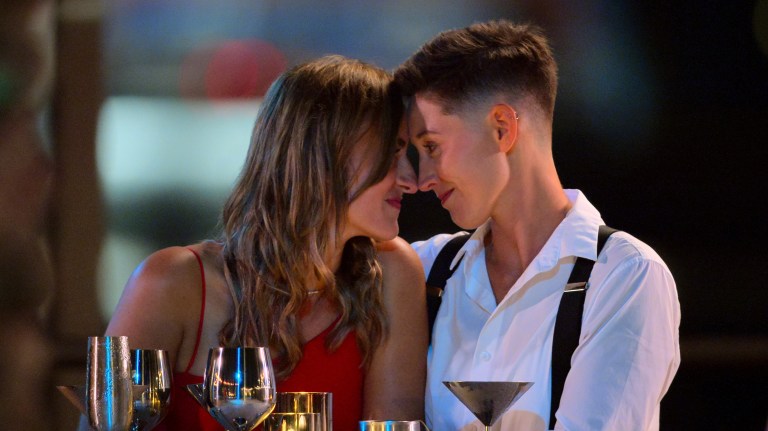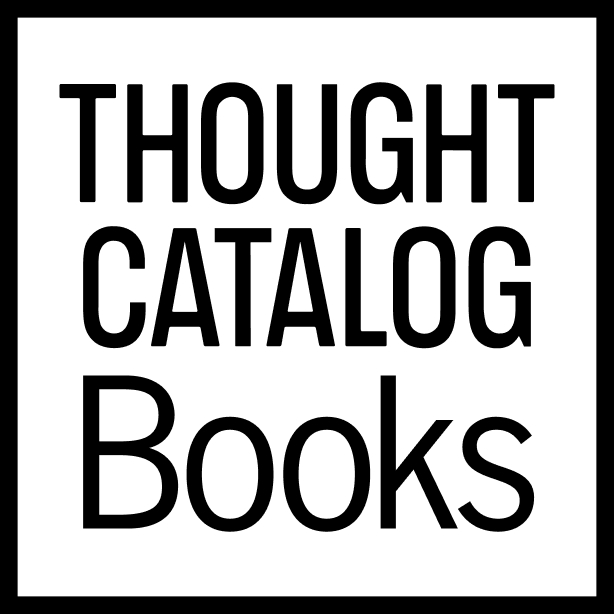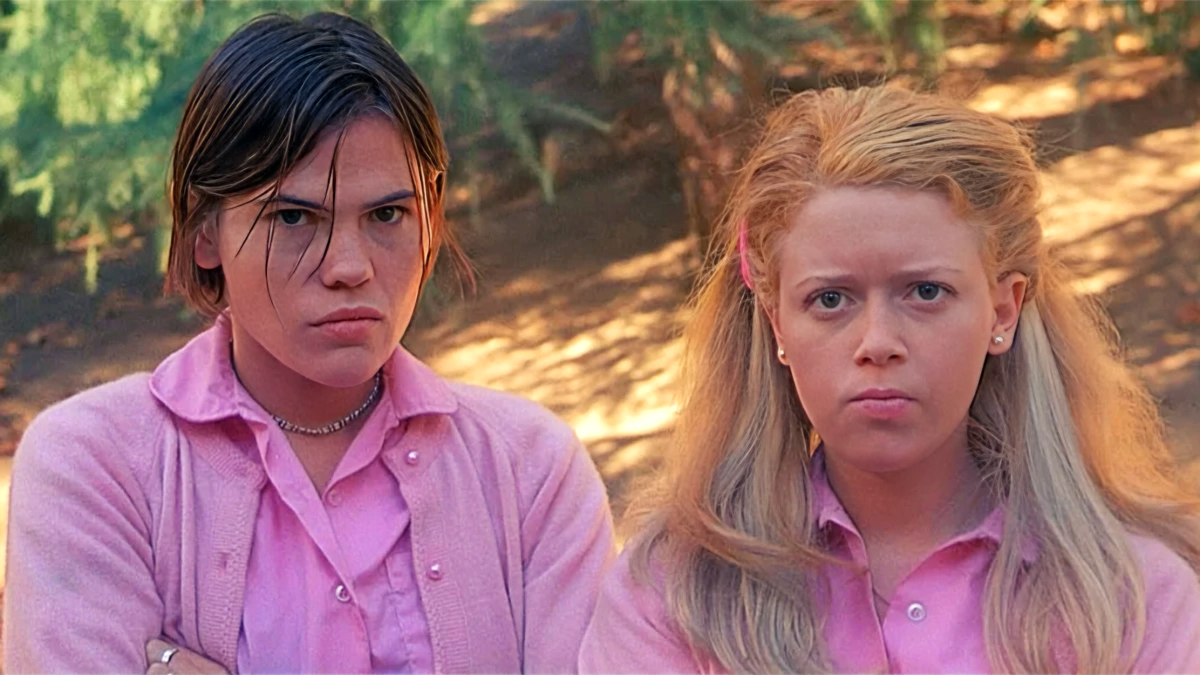
6 Of The Greatest Queer Relationships In Film & TV History
Every year, June reminds us to embrace love of all kinds—familial, romantic, friend love, queer love, and more as we celebrate Pride Month.
2025 is unique in that the American administration is actively working to revoke queer and transgender rights, so one way we can escape the devastating reality of homophobia is through film and television. Throughout history, art and entertainment has paved the way for gay rights by showcasing queer relationships on screen and teaching the ignorant straights that queer love is valid, emotional, entertaining, and sometimes even tumultuous.
Since the advent of film, queerness has been a hot topic. Charlie Chaplin films illustrated feminine men as a joke, but a 1919 German film, Different from Others, showed audiences a gay hero, likely the first film to do so. Wings (1927), which was nominated for an Academy Award, was an early example of two men kissing and Morocco (1930) featured the first lesbian kiss thanks to a cross-dressing plotpoint. In 2025, we’re lucky to have so much more queer culture represented on-screen, so in honor of Pride Month and progress, we’re highlighting the six of the greatest queer relationship in film and television history.
Nick and Charlie, Heartstopper (2022 – Present)
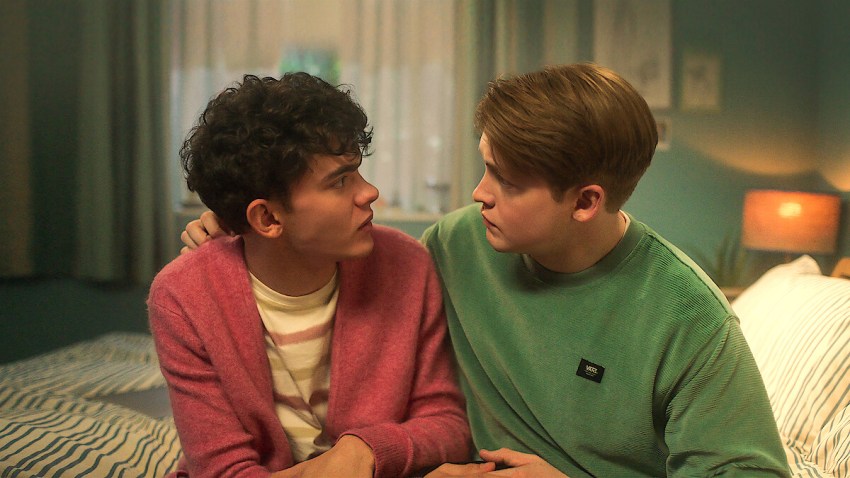
When Alice Oseman’s graphic novel, Heartstopper, was adapted into a Netflix series, everyone was floored by the deep romance shared by two teens. Charlie has been bullied for years because of his sexuality, while simultaneously being taken advantage of by a closeted teen. When Nick stands up for Charlie, their connection grows beyond friendship as Nick reckons with his own sexuality. Heartstopper illustrates the joy in love, the pain in growing up, and the confusion of coming to terms with our true selves, something that even the most self-assured adults can relate to. With characters and relationships spanning the spectrums of sexuality and gender, Heartstopper is a semi-realistic utopia of queerness, with Nick and Charlie’s relationship as the show’s indispensable beating heart at the center.
Megan and Graham, But I’m a Cheerleader (1999)
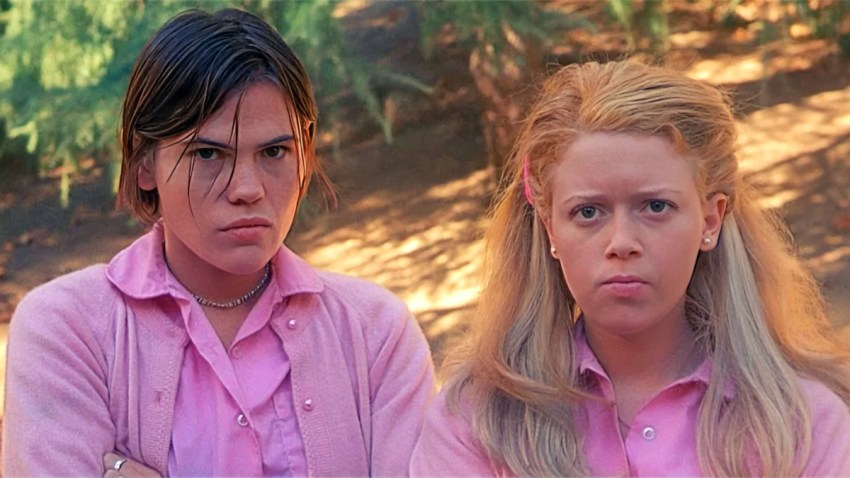
Before Natasha Lyonne played Nicky Nichols in Orange Is the New Black, the prison’s resident lesbian seductress, she played the lesser-known Megan Bloomfield in But I’m a Cheerleader. The 1999 is now a cult-classic about a classic “good girl” cheerleader whose parents send her to conversion therapy camp after suspecting that she’s a lesbian. While Megan doesn’t want to come to terms with her sexuality, after she meets the confident and alluring Graham (Clea DuVall), she embraces who she really is. The relationship between Megan and Graham in the darkly funny film is a staunch reminder to accept and love ourselves for who we are, not who we want to be, and in doing so, we may be able to find love with someone else too.
Bill and Frank, The Last of Us (2023)
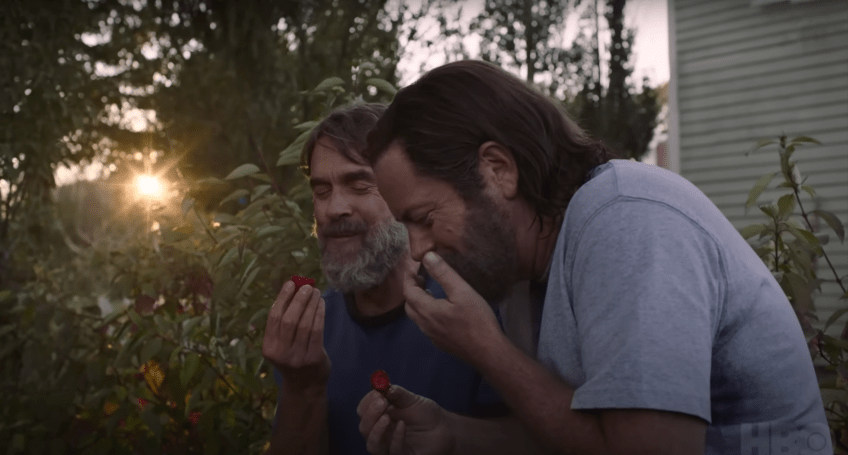
While The Last of Us has continued with a second season (and impending third), the first season delivered one of the most memorable television episodes of all time with a standalone story focused on the relationship between Bill (Nick Offerman) and Frank (Murray Bartlett). The episode shows their romance from the first day of the outbreak, before Bill had ever had a romantic relationship with another man. But when Bill and Frank meet, they build themselves a future in an increasingly bleak world. Despite the death all around them, their love grows along with their age, and when Frank falls to a degenerative disease, their love story falls short too. Their story moves beyond queer romance as one of the most moving love stories in television history, demonstrating how even in the darkest of times, true love and acceptance can make life worth living.
Willow and Tara, Buffy the Vampire Slayer (1997–2003)
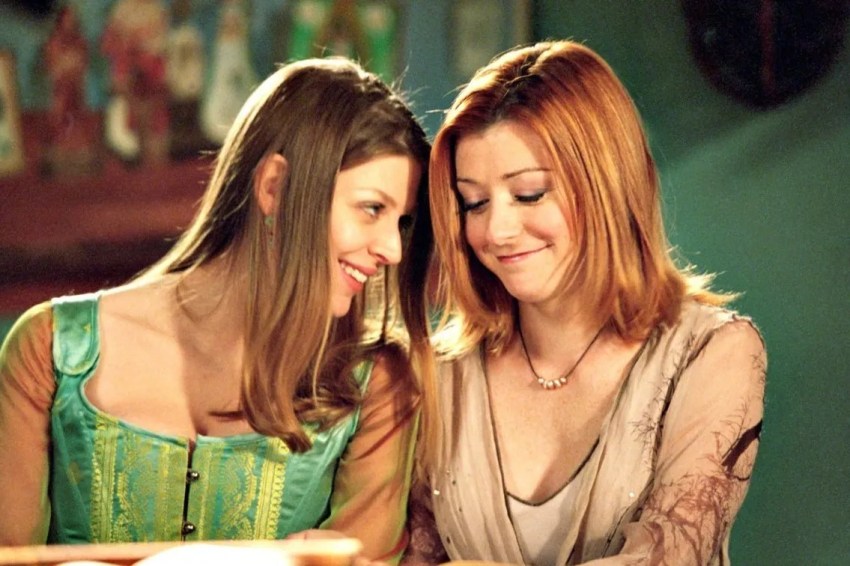
A queer relationship on network television was not as common in the late ‘90s as it is today, and Buffy the Vampire Slayer helped pave the way for this. At first, Willow (Alyson Hannigan) is Buffy’s right-hand girl and best friend, but throughout the series, she realizes that she has magical abilities and learns to harness the powers of witchcraft. While she first crushes on Xander and later Oz, as she channels and accepts her magical powers, she also comes to terms with her true sexuality, finding love with Tara, another witch. Their relationship became a cornerstone for Buffy’s queer fandom as one of the earliest iconic relationships between two women in the fantasy genre, which is often celebrated for its inclusivity of those who feel ostracized from the “norm.”
Armand and Albert, The Birdcage (1996)

In The Birdcage, Nathan Lane and Robin Williams star as a gay couple, Armand and Albert, whose son is engaged to marry a conservative senator’s daughter. Armand and Albert own a drag club called The Birdcage in Miami Beach, but are forced back into the closet to appease the conservative senator amidst a scandal. The Birdcage was a formative film of allyship and queer acceptance, encouraging us to put family first and see people as people, not just as a sexuality, religion, or political party. Armand and Albert’s love for their son is admirable, but even more admirable is their ability to look past hatred and judgment and continue to choose love for each other and for those around them.
Princess Bubblegum and Marceline, Adventure Time (2010–2018)
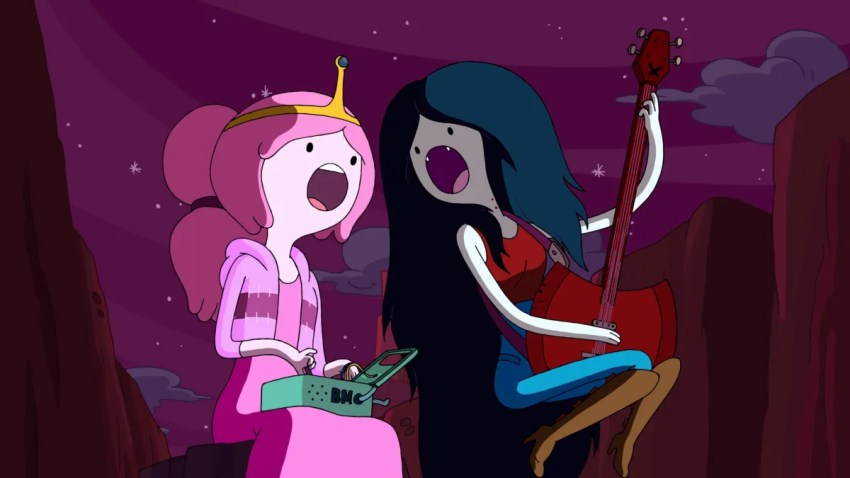
Initially adversaries, Princess Bubblegum and Marceline’s interactions led fans to ship the couple, calling them “Bubbline” as early as the 2011 episode, “What Was Missing.” The constant push and pull between the two characters leads to the queer subtext, and although Cartoon Network didn’t want to explore their romantic storyline, producers win out in the series finale when Princess Bubblegum and Marceline finally kiss. Their tumultuous relationship is an example of how simultaneously complicated and simple it can be to find queer love, and that even in an animated fantasy land, queer relationships are always worth exploring.
